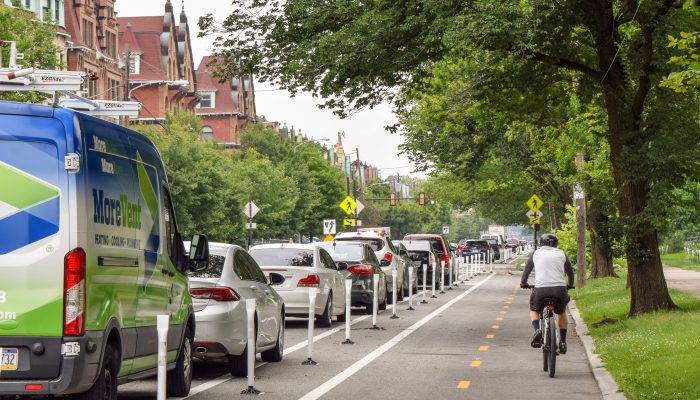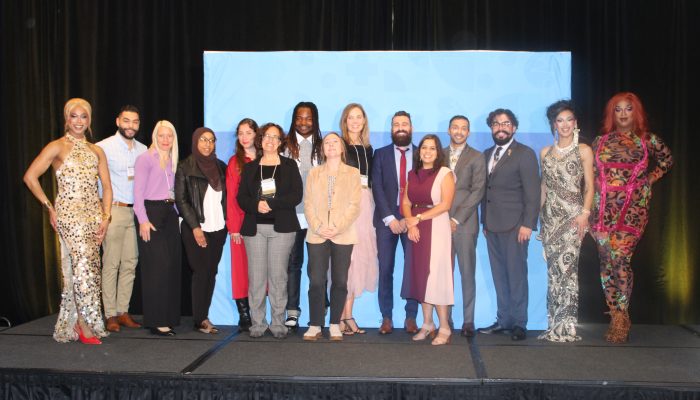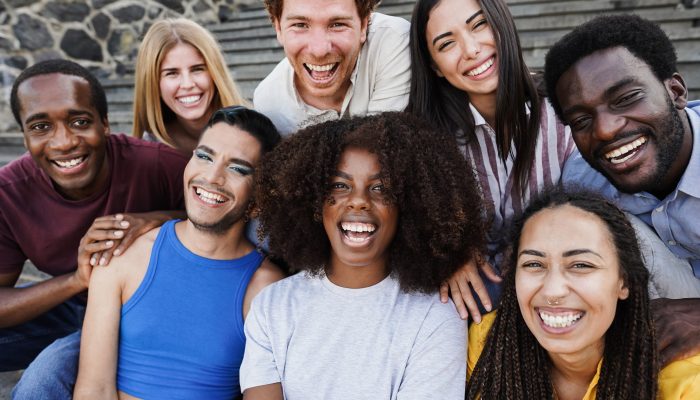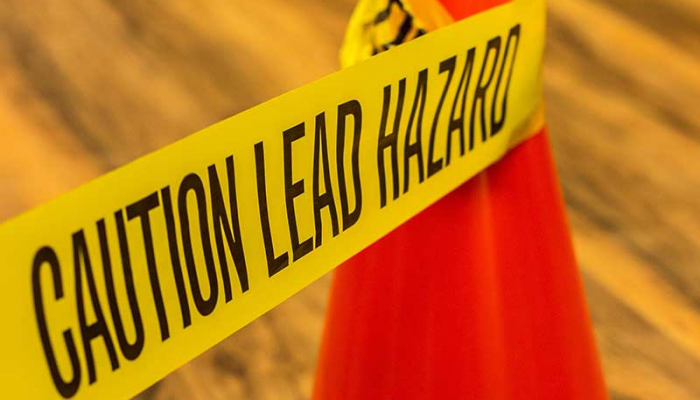This is the third in a four-part series on gun violence prevention in Philadelphia. The series was created to recognize National Gun Violence Awareness Month, which promotes education and action to end gun violence. Our third post was written in partnership with the Clean Air Council.
Part one, Stopping gun violence in Philadelphia, was published on June 6. Part two, The public health approach to gun violence prevention, was published on June 13.
Environment matters
The public health approach to gun violence includes a variety of partnerships and strategies to keep people safe. Programs and initiatives that directly address violence are critical.
But did you know that changing the built environment can also address the root causes of violence?
Changing the environment through initiatives that enhance public spaces, such as installing streetlights, fixing broken sidewalks, cleaning up vacant lots or opening community gardens help promote public safety. These are examples of built environment changes that help improve factors that contribute to violence and methods for primary prevention, which prevents violence before it happens.
What is the built environment?
The built environment is the physical makeup of where we live, learn, work, and play, including our homes, schools, businesses, streets and sidewalks, open spaces, and transportation options. From the road on your street, parks in your neighborhood, to the sidewalks throughout Philadelphia.
The built environment is a result of city planning and development, or the ways our government works in collaboration with communities to promote, plan, preserve, and develop successful neighborhoods for all and create neighborhoods that are well-connected, affordable, and desirable places to live and work. The design of the built environment influences community health and individual behaviors. However, not all neighborhoods are created equal. Differences in neighborhood design can change the risk of violence in a community.
Cleaner, greener public spaces encourage people to gather together, build community and deter unsafe behaviors, which makes everyone safer. Neighborhoods with well-maintained green spaces, allow for positive social connections, physical activity, and even relaxation. Studies show that clean, green spaces help reduce crime by bringing communities together. They also provide an increased sense of safety. In addition, green spaces can help connect people with nature, promote physical activity and provide a calming effect that helps to reduce stress and discourage violence.
City planning in Philadelphia
Philadelphia is committed to becoming a safer, cleaner, greener city. In 2024, Mayor Cherelle L. Parker united citywide efforts under the Office of Clean and Green Initiatives to confront litter, illegal dumping, and graffiti with a comprehensive strategy for a cleaner, sustainable future. These efforts will help improve public safety.
The health department works in partnership with the Philadelphia Department of Planning and Development to ensure the city is developed with green, safe, and health-focused projects. And the Philadelphia Department of Planning and Development works in collaboration with communities to promote, plan, preserve, and develop successful neighborhoods for everyone.
Check out some of these local efforts that help improve the built environment:
- Citizen’s Planning Institute: the education and outreach arm of the Philadelphia City Planning Commission.
- Community Resilience and Environmental Justice Fund: supports many local organizations on a range of environmental justice projects, such as gardening and the installation of public benches to improve public spaces.
- Community Life Improvement Program (CLIP): removes graffiti and keeps vacant lots and other areas clean.
- Department of Sanitation: collects, recycles, and disposes of waste in the city
- Philadelphia More Beautiful Committee: teams up with residents to beautify city blocks.
- Philly Tree Plan: Philadelphia’s first urban forest plan designed to grow, protect, and care for Philadelphia’s tree canopy.
- PHL Taking Care of Business Clean Corridors Program: seeks to clean, improve, and promote lively neighborhood commercial corridors.
- Public Space Enhancement Mini-Grants: helps improve public spaces, making them more accessible to residents.
The built environment plays a huge role in promoting the public’s health. We can address gun violence and public safety concerns through built environment changes. Safer, cleaner, greener environments promote our physical, social, and mental well-being, and strengthen the health and safety of all Philadelphians.
Thank you for making it this far. Please join us on Friday, June 27, for our final post on gun violence prevention in Philadelphia. The last part of our four-part series will focus on the Division of Chronic Disease and Injury Prevention’s work to reduce violence and promote health throughout Philadelphia.




